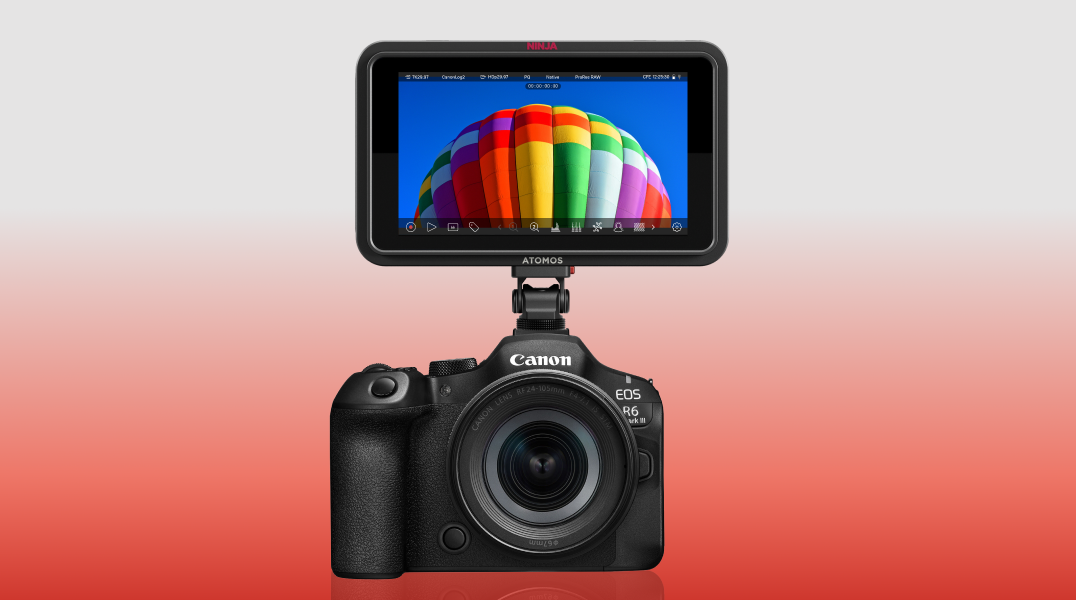PBS EAS Pilot Project to Include Mobile DTV
LAS VEGAS: PBS will start testing a next-gen emergency alert system later this year. The system intends to feed EAS information to platforms of all types, from cellphone, tablet computers, laptops, netbooks to in-car navigation systems. The ATSC M/H Mobile DTV standard has also now been included.

The new Mobile Emergency Alert System will comprise video, audio, text and graphics to disseminate information during times of crises. The next-gen system represents the first overhaul to the EAS since the Cold War. It now feeds the nation via the radio and broadcast TV infrastructure.
“PBS has been involved in testing digital broadcasting as a part of an upgraded emergency system since 2005,” said PBS chief technology officer John McCoskey. “Now that the transition to digital is complete and Mobile DTV is rolling out, PBS will harness Mobile DTV’s powerful distribution system to provide new means of alerting Americans in the event of an emergency.”
PBS has identified key partners to support the landmark pilot project, including LG Electronics and its U.S. research subsidiary, Zenith, which will develop handheld mobile DTV devices to receive the new alerts. Zenith, which contributed to the creation of ATSC M/H, also will provide funding for the project. The Corp. for Public Broadcasting will provide matching grants to local public television stations for Mobile DTV broadcasting equipment. PBS said it plans to announce stations for the pilot project in the near future.
PBS said the pilot project will use “terrestrial broadcasting instead of cellular network connectivity, complementing the current cellular-based system PBS is deploying with the support of the U.S. National Telecommunications and Information Administration and with the cooperation of the U.S. Department of Homeland Security. This system transmits 90-character emergency text messages to commercial mobile carriers.”
The inclusion of Mobile DTV in the alert architecture will enhance delivery because it would be free of the type of bandwidth overloads that can vex cell networks. Millions of devices could receive a single signal rather than each requiring an individual transmission. The broadcast infrastructure also facilitates the delivery of video, photos, graphics, text and audio, thus enabling agencies to more easily reach non-English-speaking populations and people with disabilities.
McCoskey said the intent is to build “a mechanism that can be easily replicated, allowing any broadcaster to send emergency information that is CAP-compliant, that is integrated into the IPAWS system, and that can reliably reach on-the-go Americans in the ways they access other information today.”
-- Television Broadcast
The professional video industry's #1 source for news, trends and product and tech information. Sign up below.
